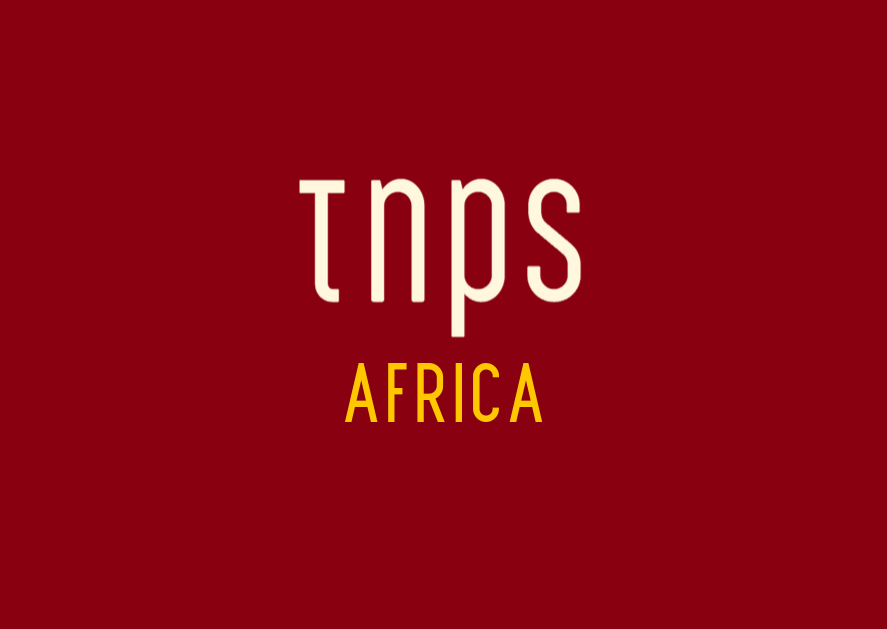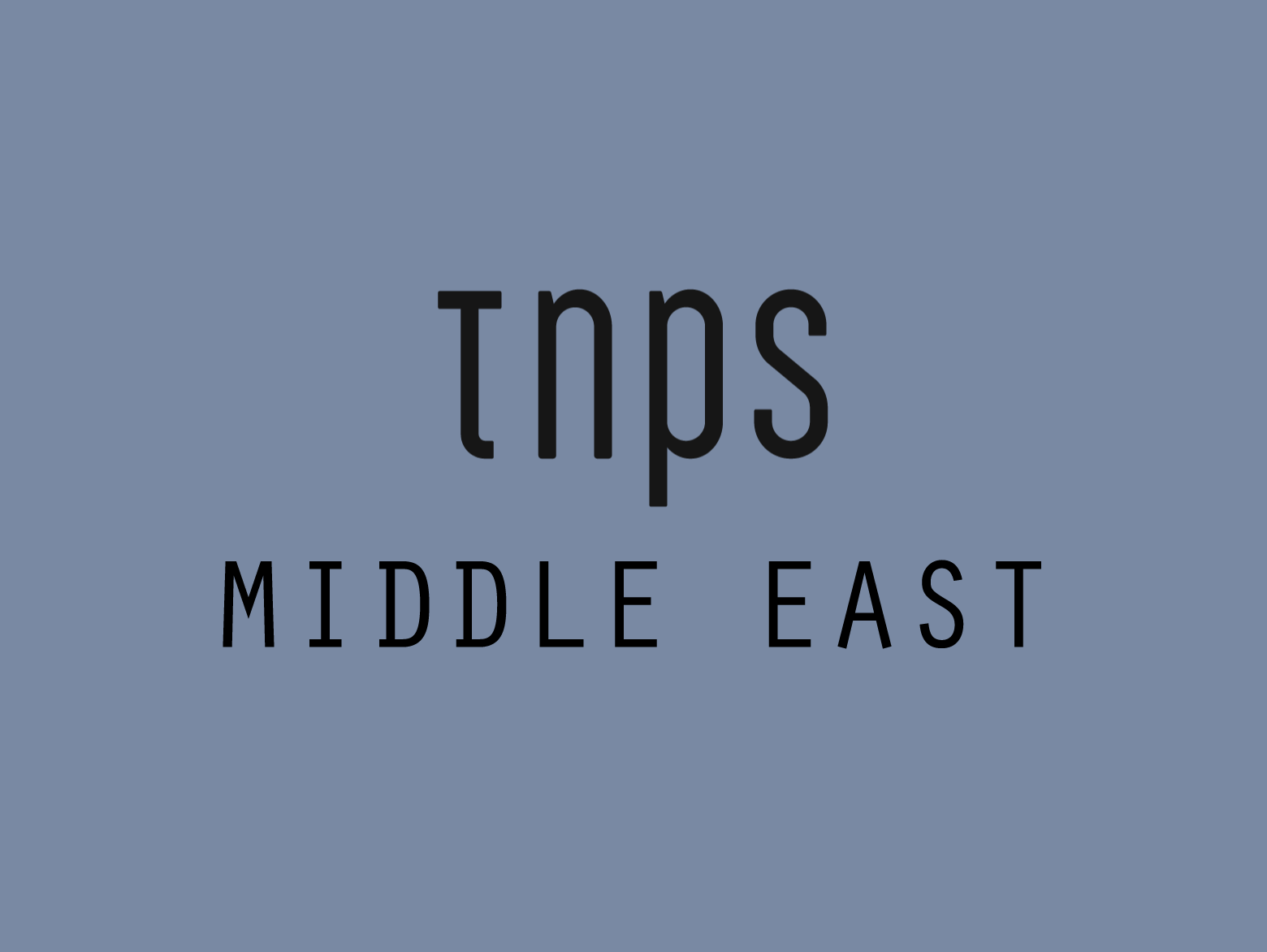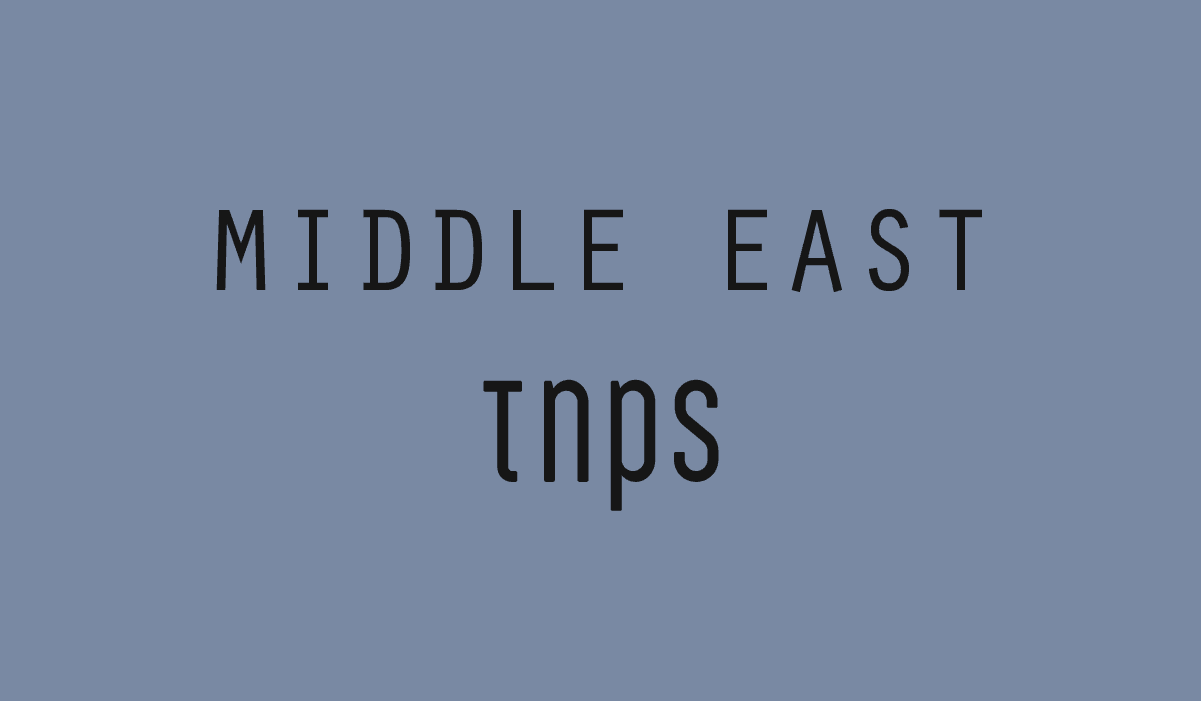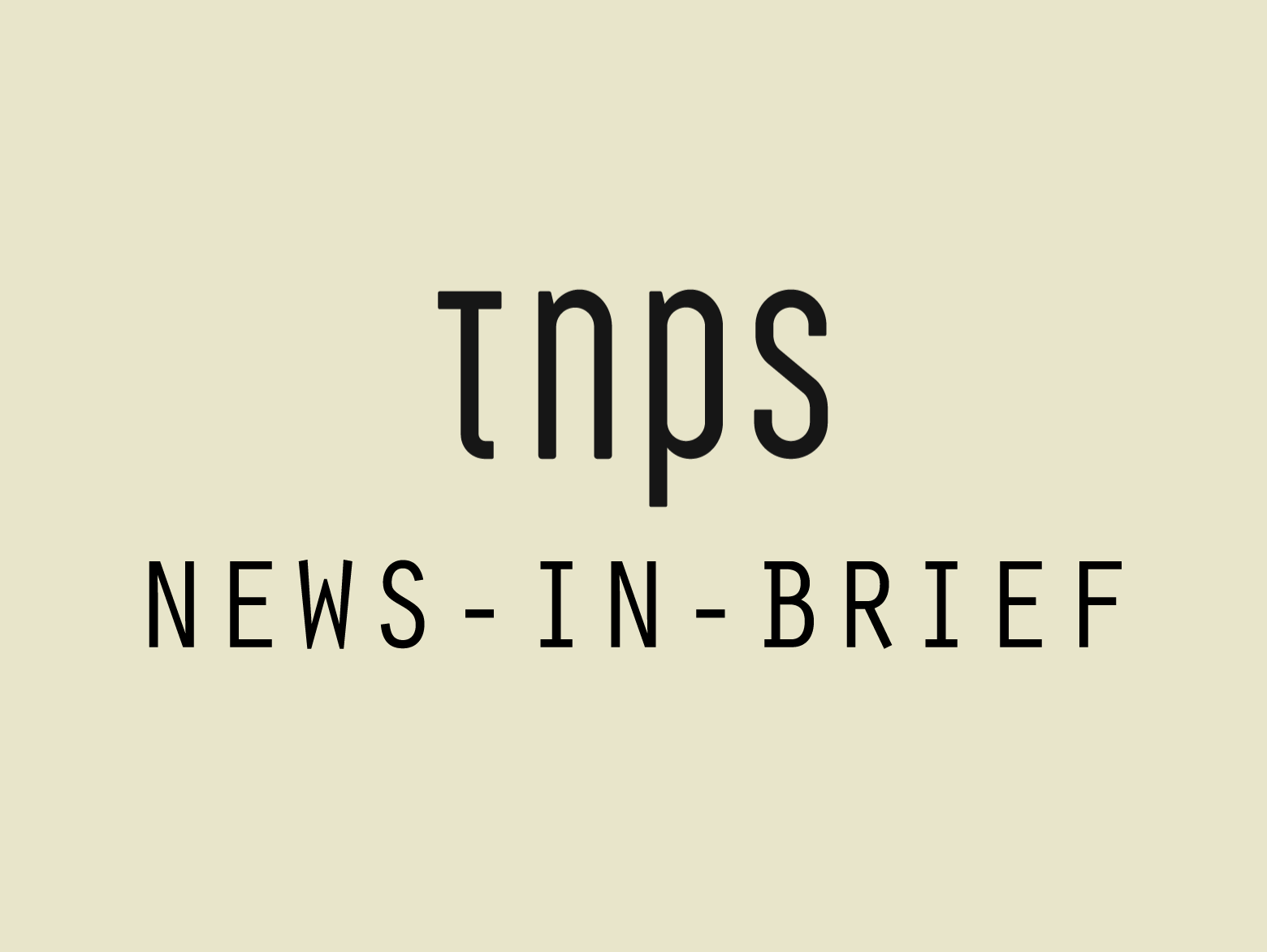A 1,000 print run may seem tiny in some publishing communities, but in others it’s a demonstration of a book’s success. In publishing, all things are relative.
In the Yiddish publishing community a 1,000 print run selling out in 48 hours is big news.
The Jewish-American journal Forward offers us some perspective:
Few — if any — new Yiddish books published outside of the Hasidic world sell 1,000 copies in a year, let alone in 48 hours. Most new Yiddish books for adults are either self-published by their authors or released by one of two Israeli Yiddish publishers in modest editions of several dozen to several hundred. Authors organize their own publicity and sell their books largely by word of mouth among a small community of readers. Although some contemporary Yiddish fiction receives stellar reviews and literary awards, the small audience means that the industry goal, financially speaking, is breaking even, not making a living.
Enter the first Yiddish translation of the first Harry Potter novel, translated by Arun Viswanath and published not in Israel but in Sweden, by Niklas Olniansky, that sold out almost overnight.
Explains Forward:
For a Yiddish publisher in 2020, that’s a sales number that’s almost magical.
Niklas Olniansky typically prints about 500 copies of his books, which range from simple board books that teach vocabulary to bilingual Swedish and Yiddish storybooks to novels for older children. Olniansky Tekst, receives support from the Swedish government; in Sweden, Yiddish is an official minority language.
Such minor languages are ideally positioned to benefit from digital publishing as this decade unfolds – without the costs of physical production, warehousing and distribution these languages can enjoy a new lease of life globally, and we see a hint of the possibilities with the small print run that was the first edition of the Yiddish Harry Potter book.
Forward quotes Olniansky:
It’s crazy, it’s hard to believe. We thought that we wouldn’t be able to sell more than 1,000 copies of a non-Hasidic book,
adding,
So far copies have been ordered in the United States, Israel, Poland, Sweden, Morocco, Australia and China … Some of the people on social media who said they had purchased a copy are current or former Yiddish-language students. But native Yiddish speakers also appear, based on social media posts, to be a key group among those who purchased copies. And collectors who buy new translations of beloved books even if they can’t read them, a couple of whom have mentioned their purchase of the book on Twitter, are a third audience.
Via Forward.
With a hat-tip to ActuaLitté, which led me to this story.
But this story is important not just for the enjoyment Yiddish readers will get as the Harry Potter titles became accessible, but as a lesson for what is possible in any language.
The success of the Yiddish print run, while exactly that – a print run – has digital at its heart, because without digital these readers around the world rushing to order these books would have no idea they existed.
It’s not clear if a digital edition exists. I suspect not, which would on the one hand be quite understandable, and on the other a missed opportunity.
Because on the one hand we have Yiddish, a language that pretty much no ebook retailer welcomes.
And on the other hand we have Forward, the very journal that brought us this story.
Let me end this post with this observation.
Forward, the Jewish-American journal, last year abandoned its print edition with its 17,000 subscribers as uneconomical, and instead focused on building its digital subscriber base, which in January 2019 was already over 2 million.
The lessons are clear for publishers whatever language they might work in.





